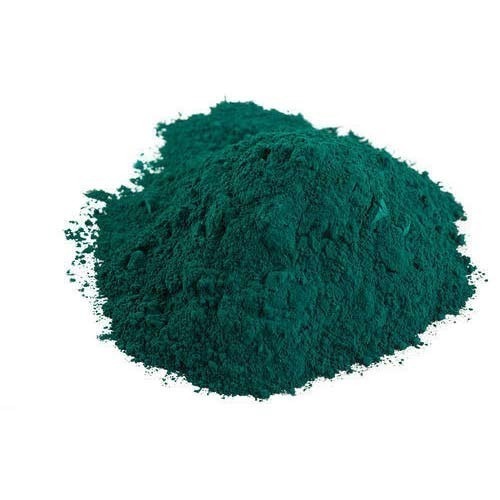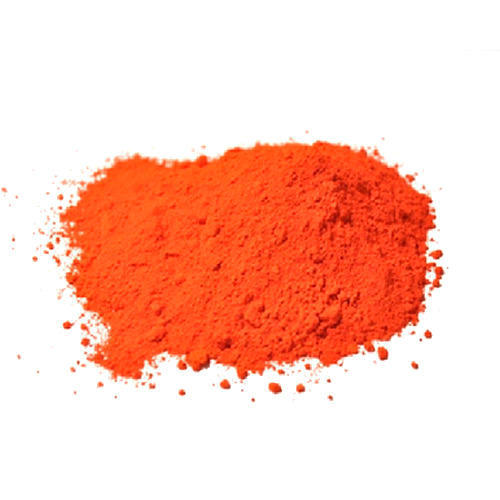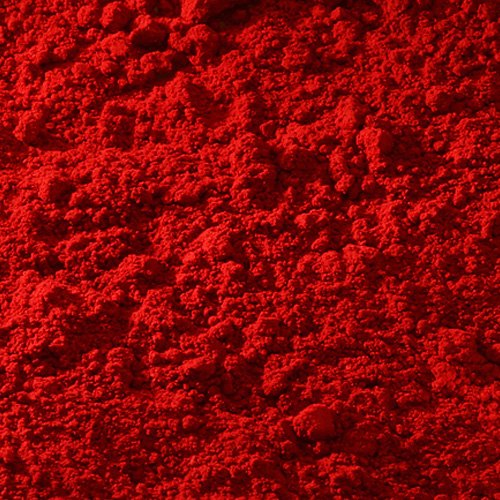
Green Pigment
Chlorophyll is the primary pigment in plants; it is a chlorin that absorbs blue and red wavelengths of light while reflecting a majority of green. It is the presence and relative abundance of chlorophyll that gives plants their green color.
Orange Pigment
The orange colour of many fruits and vegetables, such as carrots, pumpkins, sweet potatoes, and oranges, comes from carotenes, a type of photosynthetic pigment. These pigments convert the light energy that the plants absorb from the Sun into chemical energy for the plants’ growth.


Blue Pigment
First produced in the 1930s, the intensely blue copper phthalocyanine is widely used for making blue ink, dye, and pigment. Blue is one of the three primary colours of pigments in painting, drawing (art) and traditional colour theory, as well as in the RGB colour model. It lies between purple and green on the spectrum of visible light
Red Pigment
The oldest pigment was probably red ochre, which was used in cave art. The ancient world had red madder lake, artificially-made red lead, and vermilion (natural mineral cinnabar). Artificially-made vermilion was the most prominent red pigment until the manufacture of cadmium red in 1907.


